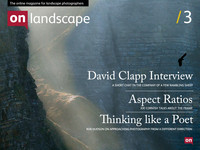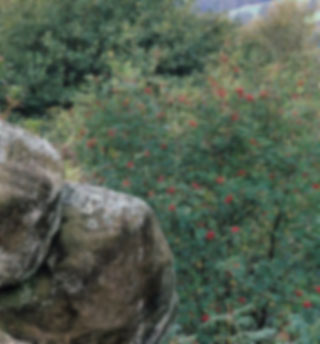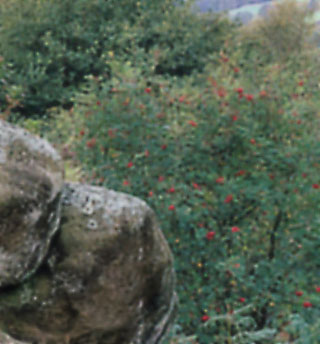Tim Parkin discusses sensor anomalies

Tim Parkin
Amateur Photographer who plays with big cameras and film when in between digital photographs.
I’m not one to engage in the film vs digital debate from a ‘religious’ point of view. I happily use both (which makes me multi-faith I suppose) and own more digital cameras than film cameras. However, I do spend some time trying to work out the advantages and disadvantages of each and in doing so, some interesting things crop up.
I have two pictures to show you, not the most scientific of comparisons, but it’s enough to show an aspect of digital photography that it’s useful to be wary of (or at least to be a-ware of).
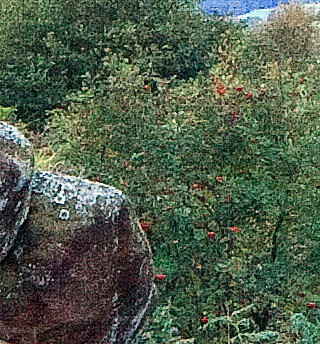
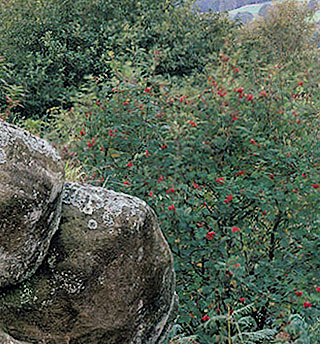
Most of you will no doubt have heard of the Bayer array or mosaic. This is a way of getting colour out of a sensor that only really records brightness per pixel. It does this by clustering four pixels together, two green, one red and one blue, and then interpolating between them to reconstruct the missing colours.
The main problem with this is the lack of red and blue pixels - it means that fine detail in red or blue can have issues. Anything with a red texture (or blue, but we’ll stick with red to reduce repetition) will end up with only a quarter of the supposed megapixels of the camera. However, there is also a more insidious problem in that if you have pixel level red colour detail and those pixels fall on the green or blue pixels (highly likely) then that colour just dissapears, completely.
Slightly less annoying but equally an issue is that if the red pixel level colour falls inbetween two pixels, then the saturation of that red colour is only half of the actual saturation of the pixel detail. This results in muted colour of anything with mixed colour texture.
So in the first example you can see that the red pixel berries have mostly dissapeared and that the a lot of the other pixel berries are particularly muted in colour.
Just for the record, the film has been reduced down to the same native resolution of the digital files but because of the anti-alias filter and various other degradations (24-105 lens and a little bit of diffraction at f/8 I think) the digital file looks less sharp than the film - which probably adds to the detail/texture issues - I said this wasn’t too scientific. However, also for the record, if you reduce the digital file and the film files by 50% you still see the same issues so.....
The last picture just shows the effect on other colours, in this case even the green specks of lichen on the tree are showing some diminution. As they say … “Just sayin’..”
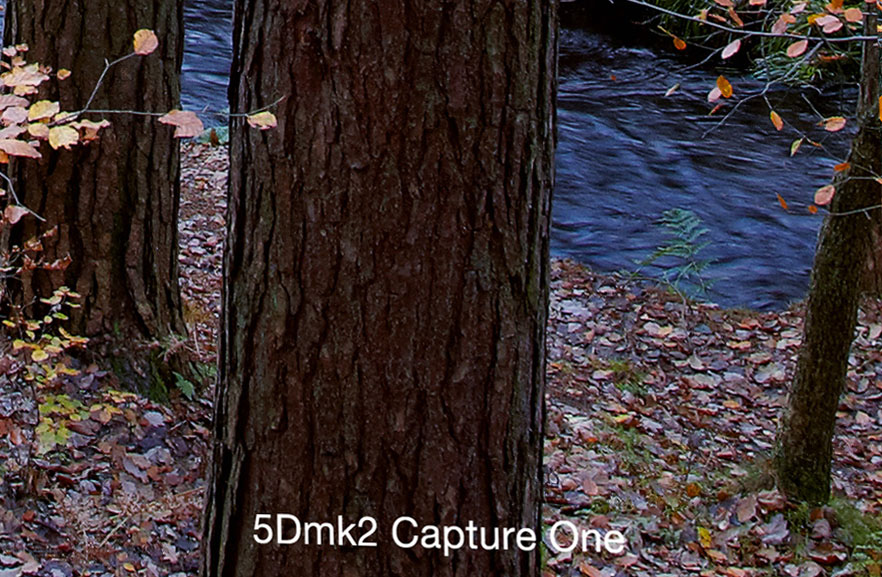
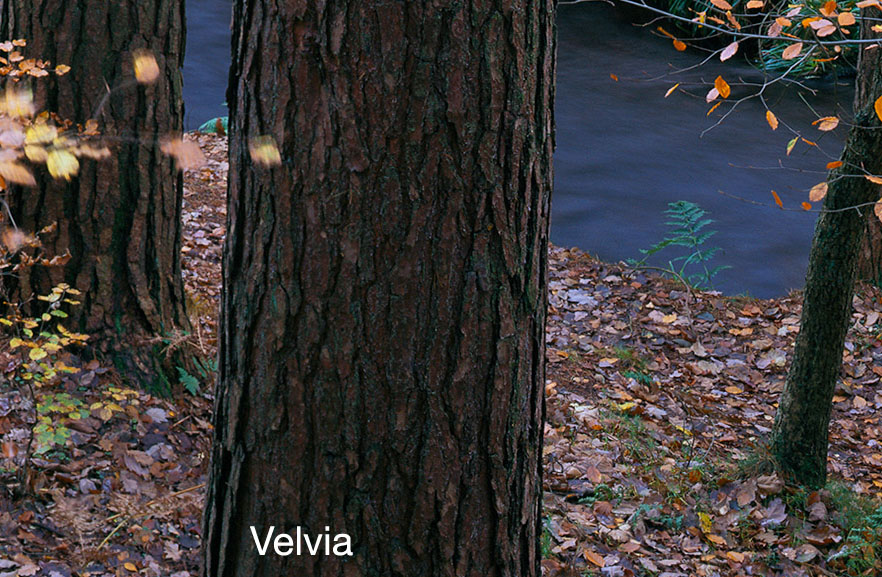
One photograph was taken with a 150mm Rodenstock Sironar S on an Ebony 45SU (Velvia 50) and the other was taken on a Canon 5Dmk2 with a 24-105 lens at about f/8 and post processed in Capture One (the Adobe conversion was even worse - Capture One's demosaic'ing is a lot better)
p.s. Somebody asked whether the effect could be the anti-alias filter.. I tried blurring the film version to see what the effect would be ..
and resharpening

